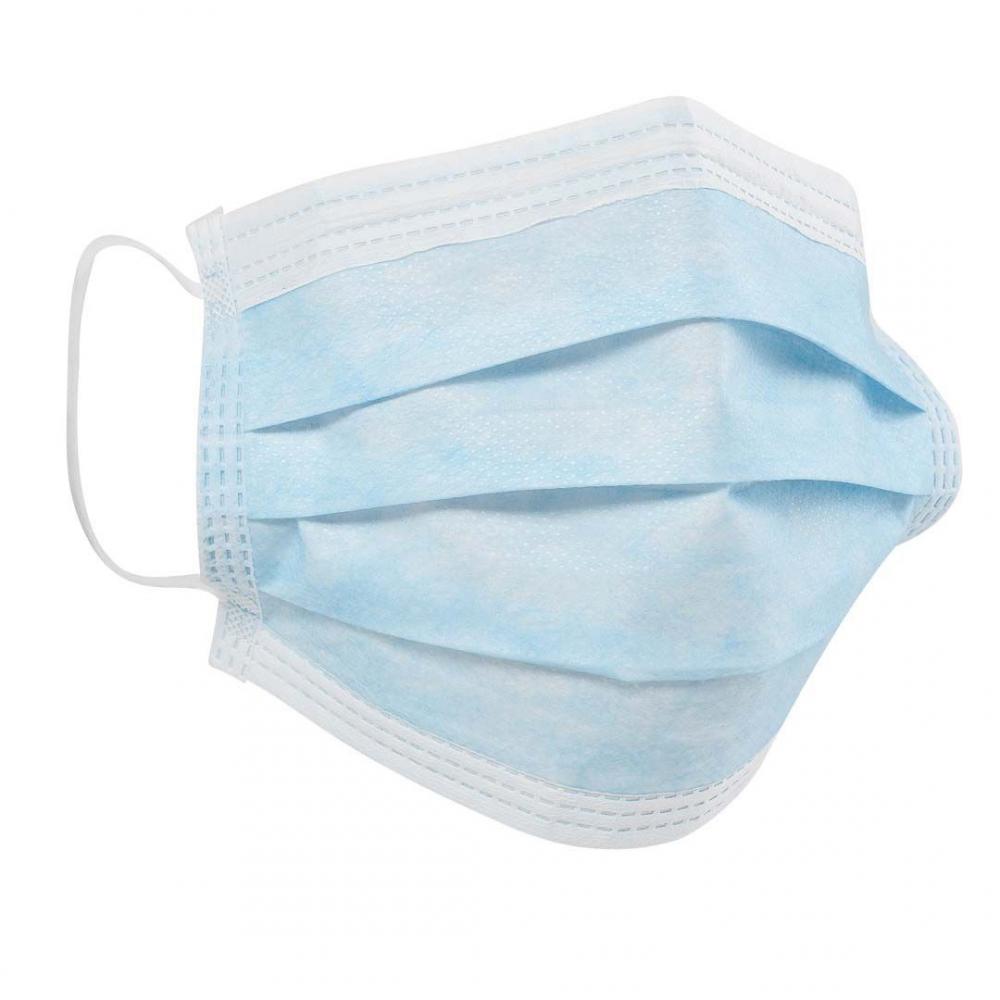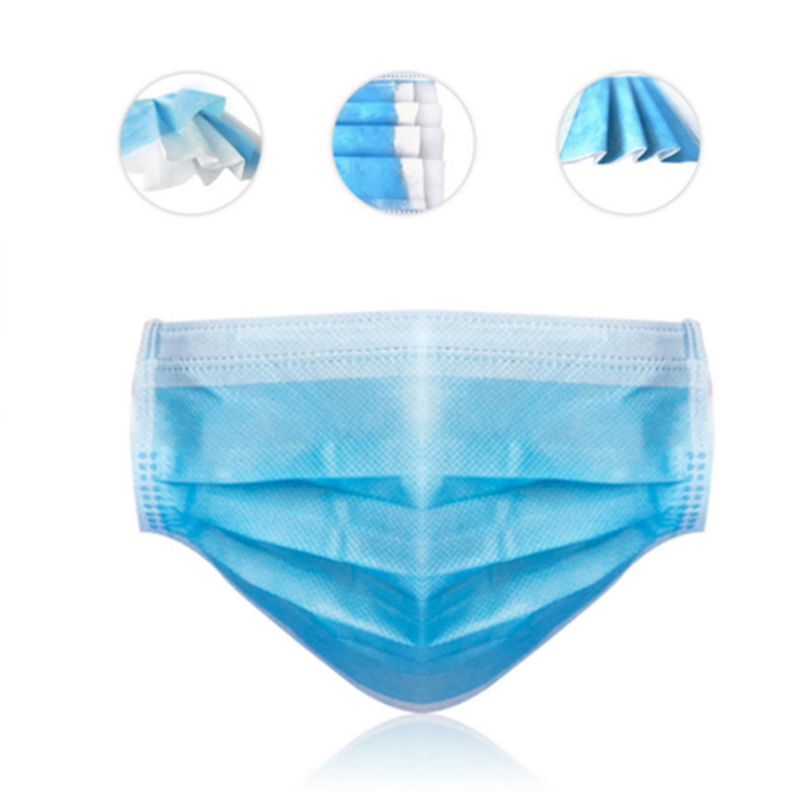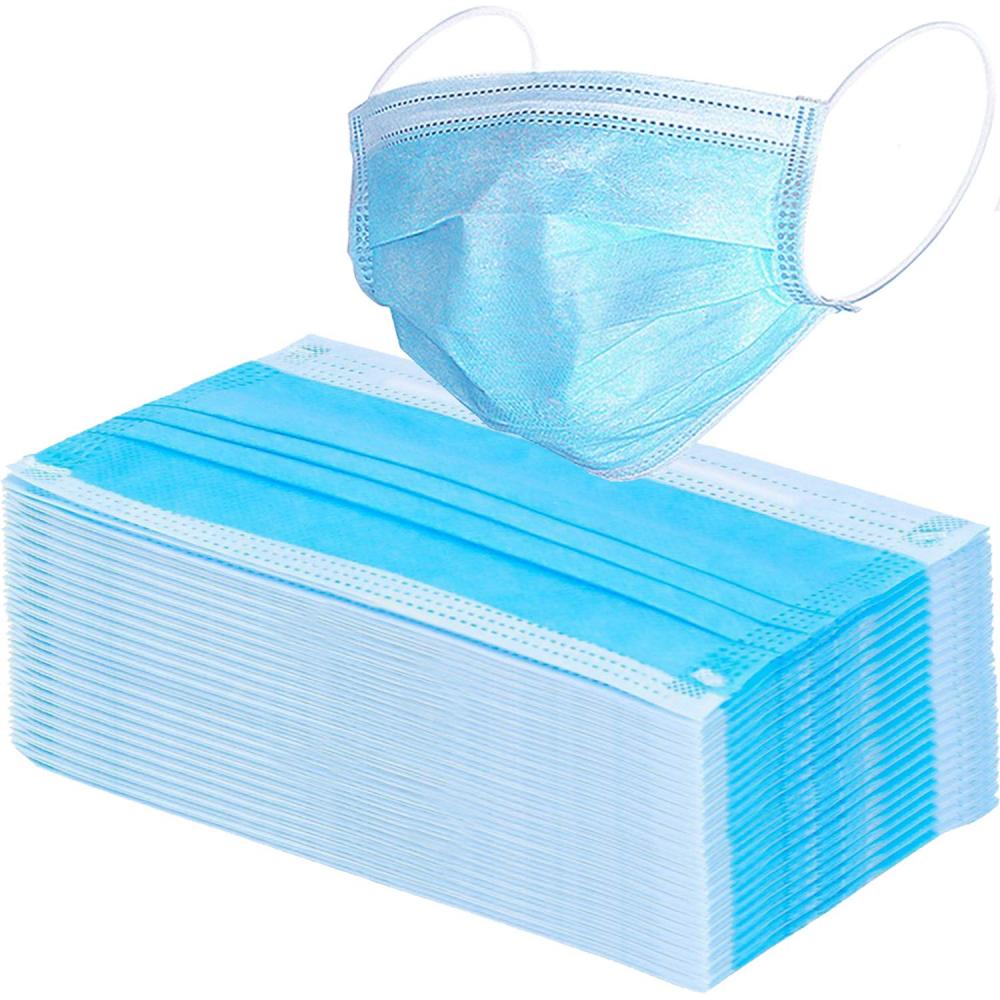Discussion on Application of Low Temperature Regulating Valve in Petrochemical Plant
Low temperature valves are usually used in the domestic petrochemical industry for valves with a medium temperature of -40 to -196 °C. The cryogenic valves are mainly used in ethylene plants, liquefied natural gas plants, LNG plants, air separation plants, and pressure swing adsorption oxygen generation, which are important devices for the production of chemical plants. Their important role is expanding with the scale of the petrochemical industry. As well as the development of new products and processes, its performance and reliability directly affect the safety and economic operation of these industrial plants. Because of its special nature, cryogenic valves are obviously different from ordinary valves in terms of design, requisition and test. It is not perfect to only meet the procurement requirements when specifying the specifications, models, materials and structures at the time of requisition. Because the low-temperature valve manufacturers compete for products, each of them has independently designed different degrees under the provisions of the cryogenic valve procurement technical accessories and cryogenic valve specifications, forming their own corporate standards. Therefore, in the procurement of low temperature valves, it is necessary to put forward the correct technical requirements in detail, coordinate with the low temperature valve manufacturers, and prepare detailed technical documents. Preparation of cryogenic valve procurement technical documents during the inquiry phase At the time of the overall requisition of the project, we received the valve materials of each device (or each section) and carried out the summary work. At this time, the valve material table will include various types, various materials and various specifications of valves. These valves can be roughly divided into ordinary valves and special valves. Common valves include: ordinary metal valves (including gate valves, globe valves, check valves, etc.), ordinary non-metallic lining valves (including butterfly valves, globe valves, check valves, etc.), ordinary non-metallic valves, etc.; special valves such as: High temperature valves, low temperature valves, wear resistant valves, valves for oxygen, etc. Valves manufactured by different manufacturers will each have their own advantageous varieties, and must be submitted separately when purchasing technical attachments or technical tenders. Therefore, cryogenic valves can usually be issued as a separate purchase package and require the preparation of cryogenic valve procurement specifications. Standards and regulations for cryogenic valves The standards for cryogenic valves should include design and manufacturing standards, test and inspection standards, structural length standards, connection type standards, and the use of material standards (when required). For example, in addition to meeting the requirements of conventional valve standards (API594, API600, API602, API609, API6D, API598, ASMEB16.10, ASMEB16.34), the US standard should also meet the requirements of coarse and low temperature valve standards (MSSSP-134 and other standards); In addition to meeting the requirements of conventional valve standards (GB/T12234, GB/T12235, GB/T12236, GB/T12237, GB/T13927, GB/T12221, GB/T12224), there are also meeting the requirements of low temperature valves (JB/T7749, GB/ T24918, GB/T24925 and other standards) requirements. Different design manufacturing standards or test inspection standards are reflected in the structure, length, configuration, and safety level of cryogenic valves may also be different, resulting in different prices. In general, APIs manufactured by API and ASME standards are more expensive than valves manufactured by JB and GB standards. In addition to the basic standards of design and manufacturing standards, test and inspection standards, structural length standards, connection type standards, and the use of material standards (when required), other standards involved in the product must be filled in, otherwise it may cause trouble. For example, when the cryogenic valve is butt welded, the joint size and wall thickness standard, and the weld joint weld bevel application standard should also be given. Cryogenic valve operating conditions Operating conditions include operating temperature, pressure and operating media conditions of cryogenic valves, which are an important basis for the design and manufacture of cryogenic valves. For example, when a cryogenic valve has an actuator, the manufacturer will determine the size of its actuator based on the media's large differential pressure and requirements, and the size of the actuator will have a significant impact on its price. In particular, the valve body of the cryogenic valve should maintain sufficient strength under the total load of operating conditions such as temperature-dependent stress generated under repeated operating conditions of the medium temperature and additional stress caused by the connecting pipe. Cryogenic valve specification For cryogenic valves, it shall include valve type, nominal diameter, nominal pressure, end connection type and standard, flange sealing surface type, structural type, valve body material and material standard, bonnet material and material standard, valve seat / Disc material, stem material, trim number, stem packing, bonnet gasket, bonnet bolt/nut material, common conditions for actuators (if any), and other important supplemental information. The filling of this item is cumbersome and crucial. If it is missing or wrong, it may cause serious troubles to the procurement work, especially for foreign engineering projects, which may bring huge economic losses and may affect The progress of the construction of the project. This is a core part of the procurement of cryogenic valves, especially for the correct and economical purchase of suitable cryogenic valve products. The following is the valve specification (gate valve) of a petrochemical project in China, as shown in Table 1. Table 1 Valve specifications for a domestic petrochemical project Special technical requirements for cryogenic valves The inquiry technical documents are not the technical contract attachments for the final contract signed by Zui. At this time, the supplier has not yet determined, and the manufacturers who come to the bidding are not the same, and some technical requirements are inconvenient. At this point, some questions that have an impact on product quality can be raised and answered by the manufacturer. For example, the material smelting method, the process evaluation project, the type test project and delivery status, structural characteristics, the origin, the application performance of the similar products, the delivery date, the after-sales service, the quality guarantee period, etc., which the manufacturer intends to adopt. Such as: low temperature gate valve, low temperature globe valve, low temperature ball valve, low temperature butterfly valve bonnet should be designed according to different temperature requirements, the manufacturer needs to design a long neck valve cover structure to ensure cold, to ensure that the temperature at the bottom of the stuffing box is above 0 °C The long neck portion of the valve can be welded to the bonnet and the stuffing box by using the same seamless steel pipe as the body material. After welding, heat treatment should be performed to eliminate the stress. The gap between the valve stem and the long neck portion should be convective heat. The loss is designed to be as small as possible, and the long neck portion should have sufficient wall thickness as required by MSSSP-134-2006. Another example: the low temperature valve should take measures to prevent abnormal pressure rise in the valve body. The elastic gate valve of the low temperature system should open a pressure relief hole on the high pressure side of the gate; the ball valve of the low temperature system press SH/T3059 on the high pressure side. -2012 requires a pressure relief structure or pressure relief hole, the specific pressure relief method is determined by the manufacturer. These special technical requirements are sometimes critical, as it is a key point in our design of cryogenic valves. It should be noted here that the materials for cryogenic valves are selected according to the working temperature and material properties, and should meet the following requirements: 1) At the working temperature, the material should not produce low temperature brittle failure; 2) at the working temperature, the material structure should be stable to prevent the material from changing phase and causing volume change. For low temperature valves below -100 °C, the valve body, valve cover, valve disc, valve seat, valve stem and other parts should be cryogenically treated before finishing, that is, the parts are immersed in a liquid nitrogen tank for cooling, when the parts When the temperature reaches -196 °C, the temperature is kept for 1~2h, then it is taken out to the normal temperature outside the box and repeated twice. 3) When using the welded structure, the welding property of the material and the reliability of the weld at low temperature must be taken into consideration; The cryogenic valve frequently operated under low temperature conditions shall comply with the requirements of GB/T24925-2010 "Technical Conditions for Low Temperature Valves", and the internal materials shall avoid the phenomenon of jamming, occlusion and abrasion.
Shanghai Rocatti Biotechnology Co., Ltd. is a professional enterprise of rehabilitation and medical device products with sales and service as the main body. Since its establishment, the company has been committed to the development of medical devices. Its products involve the production of epidemic prevention materials such as gynecology (obstetrics), Urology, neurosurgery, kn95 medical protective masks, daily use flat masks, and the research and development of total nutrition slimming food. It can provide a complete range of first, second and third class medical device configuration schemes for general hospitals and specialized hospitals.
Nonwoven Face Mask,Non-Woven Facial Face Mask,Non-Woven Face Mask Ffp2,Non-Woven Surgical Face Mask Shanghai Rocatti Biotechnology Co.,Ltd , https://www.ljdmedicals.com



